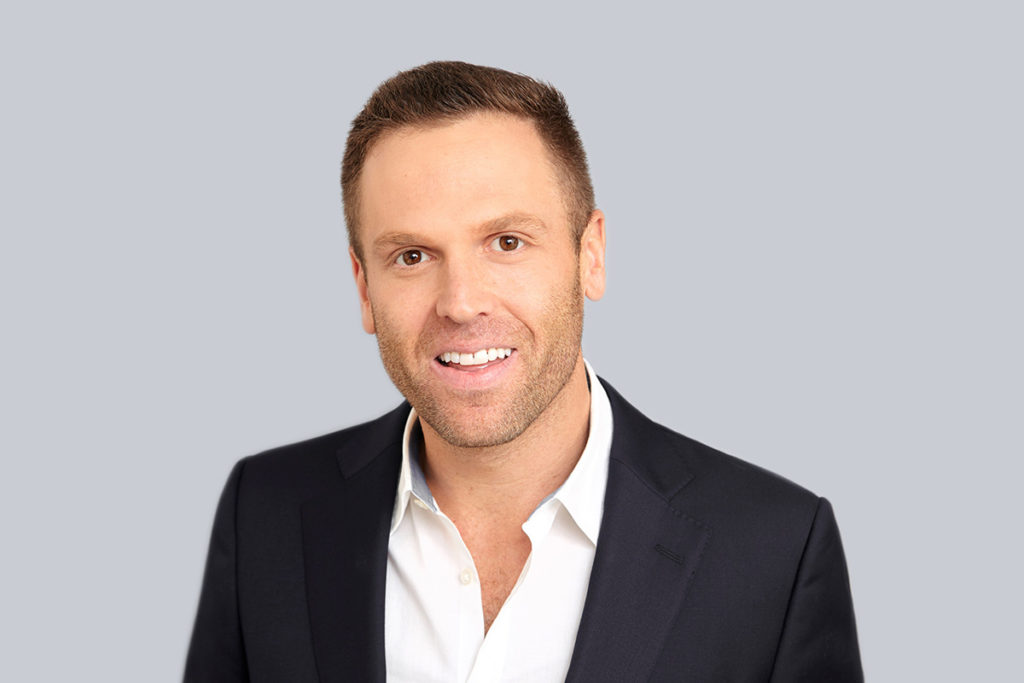Entrepreneur Case Studies
Building a Public FinTech Company From Scratch: OppFi CEO Todd Schwartz (Part 3)
Todd Schwartz: The technology wasn’t there. I didn’t know anything about lending. I didn’t know any other way to do it except take $100,000 of my own savings and open a one-room office in the north side of Chicago, get a printer, and use Excel to originate loans. I applied for the CILO license. Six months later, I was granted the license. I was getting referrals from the pawnshop.
I made the first 3,000 loans in person by myself. I handed the check to every borrower. I got to know every borrower. I understood why we were better. There were no prepayment penalties. I had to hire people. We were getting so much referral volume. We have such high customer satisfaction. We weren’t really measuring it, but I could just tell by the way people were overjoyed and the referrals we were getting. Our interest rates were much lower. Our payment terms were much more beneficial.
>>>Building a Public FinTech Company From Scratch: OppFi CEO Todd Schwartz (Part 2)
Sramana Mitra: How did you steer your career from that point on?
Todd Schwartz: I went through the crisis of 2008. That’s when I learned a lion’s share of what I know today. I learned about investing. I learned about allocating capital. I learned what not to do. I learned it not from having success. We got ourselves in a little bit of a pickle. It was a very tough situation. Unwinding a lot of that was painful.
>>>Building a Public FinTech Company From Scratch: OppFi CEO Todd Schwartz (Part 1)

Todd has built a public FinTech business with $7M of family money and another $8M of debt. OppFi went public in 2021. Impressive, capital-efficient, fundamentals-oriented journey.
Sramana Mitra: Let’s start at the very beginning of your journey. Where are you from? Where were you born, and raised, and in what kind of background?
Todd Schwartz: I was raised in the suburbs of Chicago. I lived there most of my life. I went through the Northbrook Illinois school system. I enjoyed my childhood there.
>>>From Developer to Entrepreneur with $20M in Bootstrapped Revenue: Julien Salinas, CEO of NLP Cloud (Part 3)
Sramana Mitra: What percentage of the customers are in the $10,000 range?
Julien Salinas: Among our paid customers, it’s 10%. Maybe a bit less.
Sramana Mitra: How much of this is what you call major account customers?
Julien Salinas: I don’t have the exact number today, but I think it’s something like 150 to 200 like SAP and Lufthansa.
Sramana Mitra: All the lead generation seems to be happening on your blog.
>>>From Developer to Entrepreneur with $20M in Bootstrapped Revenue: Julien Salinas, CEO of NLP Cloud (Part 2)
Sramana Mitra: Your customers are all developers?
Julien Salinas: Less and less, but still most of them.
Sramana Mitra: Is there a specific genre of developers? Are they developing a particular platform?
Julien Salinas: Initially, it was mainly machine learning engineers that use Python. All the machine learning engineers are Python developers. They taught me a lot of things. Then gradually, I started moving to a more global developer market. Today, I have developers who are developing on any platform and language.
>>>From Developer to Entrepreneur with $20M in Bootstrapped Revenue: Julien Salinas, CEO of NLP Cloud (Part 1)

Numerous developers around the world are turning into successful entrepreneurs. Julien provides a textbook case study of a brilliant journey that is a highly repeatable blueprint to follow.
Sramana Mitra: Let’s start at the very beginning of your journey. Where are you from? Where were you born, raised, and in what kind of background?
>>>Thought Leaders in Financial Technology: Sankaet Pathak, CEO of Synapse (Part 1)

Sankaet is building interesting infrastructure products for FinTech. Lots of insights, also, on open opportunities within the field for new entrepreneurs to latch onto.
Sramana Mitra: Let’s start by introducing our audience to yourself as well as to Synapse.
Sankaet Pathak: I’m the Founder and CEO of Synapse. If you haven’t heard of Synapse, we are what’s considered a Banking-as-a-Service provider based in San Francisco.
>>>Bootstrapping Using Services from The Netherlands to a $300M+ Exit: Quintiq and ActiVote Founder Victor Allis (Part 6)
Sramana Mitra: Is this a B2C business?
Victor Allis: Yes, it’s for voters. The strange thing is, there’s no revenue. There is no business model at the time. All we’re trying to do is to get people to use it to vote. I always believe that if you do something that adds value, there’s always a way to get people to invest in it or pay money. We have a lot of policy questions. People make choices based on it. We can take all these choices and add them up and we could predict that a candidate would win. Our poll was actually closer than most polls.
>>>